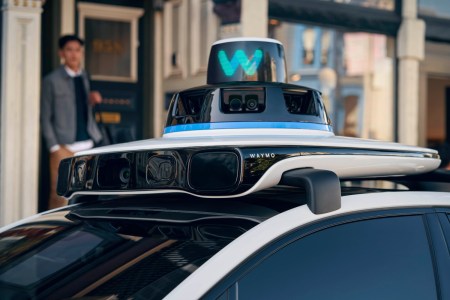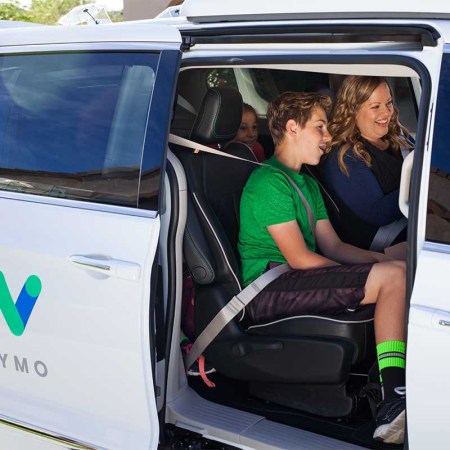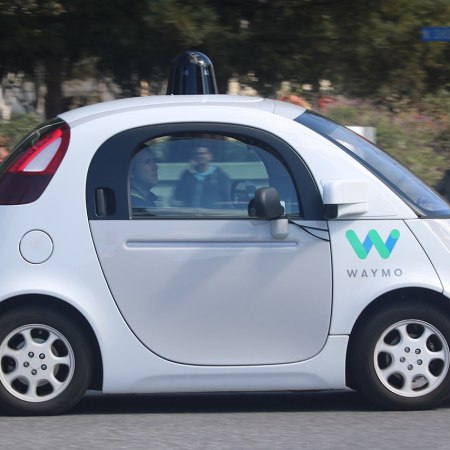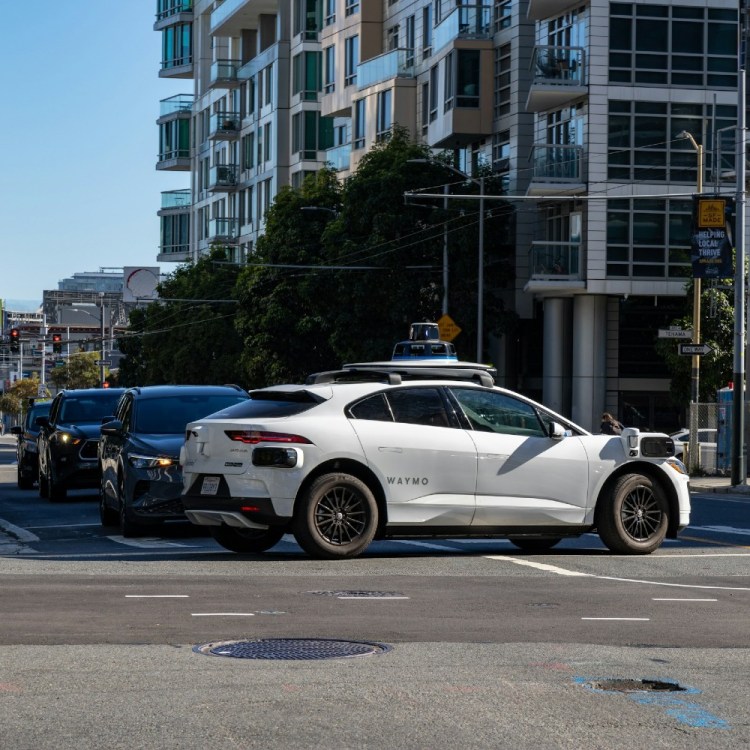Would you travel in a vehicle operated entirely by software? Depending on where you live, that might not be an option — or it might be a regular part of your weekly travel routine. But if the idea of getting into the back of a taxi with literally no one behind the wheel leaves you alarmed, a recent analysis of one self-driving car’s services might leave you with more positive feelings on the subject.
In an article for Ars Technica, Timothy B. Lee — a longtime tech-world reporter and author of the newsletter Understanding AI — took an in-depth look at data provided by autonomous driving company Waymo, which amounts to 50 million hours of driving time. Lee’s findings echo a point he made in another deep dive into Waymo data last year: a lot of the accidents involving Waymo’s vehicles were caused by a human-driven car or truck crashing into the self-driving car.
The short version of Lee’s argument? In the last five years, he writes, “Waymo has reported roughly 60 crashes serious enough to trigger an airbag or cause an injury.” That might look alarming, but when you average that out over 50 million hours of driving time, it ends up looking a lot safer. Especially when, as Lee points out, human drivers’ errors in other vehicles were responsible for many of those crashes.
Uber and Waymo Will Offer Joint Services in Atlanta and Austin in 2025
Self-driving cars are getting more prominentLee goes on to cite a recent study that Waymo and the reinsurance company Swiss Re collaborated on, which compared safety data from Waymo’s vehicles with those from traditionally driven vehicles — as well as a more refined look at Waymo’s vehicles compared to human-driven vehicles with modern safety technology.
The study found that Waymo’s vehicles had a lower number of insurance claims for both bodily injury and property damage per million miles driven compared to human-driven vehicles. (Important to note: it focused on the same geographic areas for all types of vehicles.)
These findings don’t necessarily feel like a game-changer for self-driving cars per se, but they do make a compelling case for self-driving vehicles within a relatively confined area. If nothing else, it’s reassuring to know that if self-driving cars are out there, they’re safer than one might expect.
This article appeared in an InsideHook newsletter. Sign up for free to get more on travel, wellness, style, drinking, and culture.



















